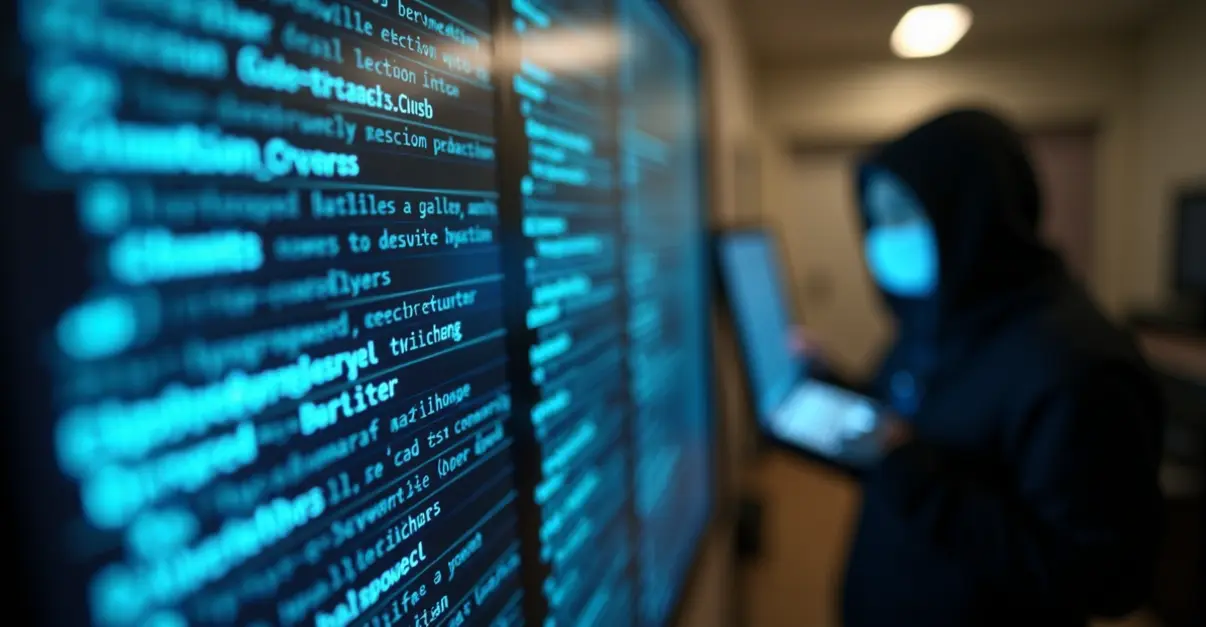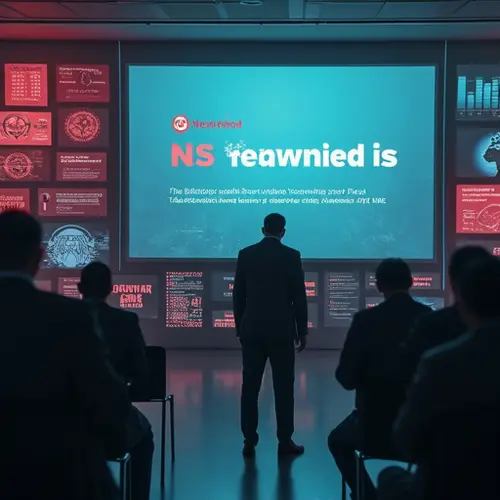Election security faces new challenges in 2025 as federal support changes and cyber threats evolve. States implement protective measures while experts warn about vulnerabilities from proposed policy shifts.

The Growing Threat to Election Security
As the 2025 election cycle approaches, election security has become a critical concern for governments worldwide. The protection of ballots from cyber threats is no longer just a technical issue but a fundamental requirement for maintaining democratic integrity. Recent developments highlight both the vulnerabilities and the ongoing efforts to safeguard election systems.
Federal Changes and Their Impact
The U.S. Cybersecurity and Infrastructure Security Agency (CISA) has recently halted its election security support for states and terminated funding for the Election Infrastructure Information Sharing and Analysis Center (EI-ISAC), which provided alerts about election threats across state lines. According to an email from CISA's acting chief external affairs officer Erin Buechel Wieczorek, the Trump administration suspended these activities because they 'no longer support Department priorities'. This decision has raised serious concerns among state election officials. 'CISA has stopped communication and withdrawn from security assessments with local election offices,' noted Arizona Secretary of State Adrian Fontes, emphasizing the security implications of this shift.
Project 2025's Proposed Changes
Project 2025, a 900-page conservative playbook from the Heritage Foundation, proposes radical changes to CISA that experts warn would significantly weaken US election security. The plan calls for immediately ending CISA's counter-misinformation efforts and recommends transferring its responsibilities to military and intelligence agencies. Cybersecurity experts say these proposals would create dangerous vulnerabilities, particularly during critical election periods when foreign disinformation campaigns peak. 'These changes would eliminate CISA's critical services including information sharing, no-cost training, security assessments, incident management assistance, and vulnerability scanning that election officials nationwide rely on,' explained a security analyst from the Brennan Center.
Executive Actions and International Standards
In March 2025, President Donald J. Trump signed Executive Order 14248, titled 'Preserving and Protecting the Integrity of American Elections'. This order addresses election security concerns by requiring documentary proof of U.S. citizenship for voter registration and prohibiting the counting of ballots received after Election Day. The administration aims to implement voting methods that produce voter-verifiable paper records, citing international examples like Germany and Canada that use paper ballots counted publicly to reduce disputes. 'The United States lacks basic election protections that other modern nations employ,' the order states, referencing practices in countries like India and Brazil that use biometric voter identification databases.
State-Level Security Measures
Despite federal changes, states are taking proactive measures to protect their election systems. California, for instance, has implemented the Protecting Elections from Armed Coercion and Extremism Act (PEACE Act), which bans intimidation against voters and election officials. States are encouraged to adopt paper ballot systems for post-election audits, and Congress has allocated substantial funding through the reauthorized Help America Vote Act to upgrade voting equipment and improve election worker training. 'California has strong election security laws that ensure our elections remain secure despite false claims from the federal government,' assured Gowri Ramachandran from the Brennan Center's Elections and Government program.
The Role of Technology and Public Awareness
Advanced technologies are being deployed to enhance election security. CISA is conducting nationwide vulnerability assessments and deploying AI/machine learning technologies for real-time threat detection. Public awareness campaigns are educating voters about misinformation and cybersecurity practices. Additionally, government agencies are partnering with private tech companies to leverage cybersecurity expertise and threat intelligence sharing. 'These combined efforts aim to build public confidence and protect electoral integrity against evolving threats,' noted a cybersecurity expert involved in these initiatives.
Looking Ahead
As cyber threats continue to evolve, the protection of ballots remains a dynamic challenge. The ongoing debate between federal policy changes and state-level initiatives highlights the complexity of securing election systems in a digital age. With the 2025 elections approaching, the collaboration between government agencies, private sector partners, and the public will be crucial in ensuring that every vote is counted accurately and securely. 'Election security is not just about technology; it's about maintaining trust in our democratic processes,' concluded a veteran election official.

 Nederlands
Nederlands
 English
English
 Deutsch
Deutsch
 Français
Français
 Español
Español
 Português
Português









